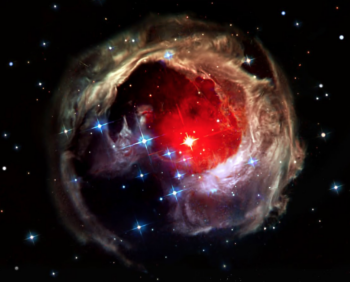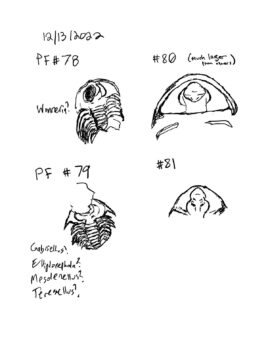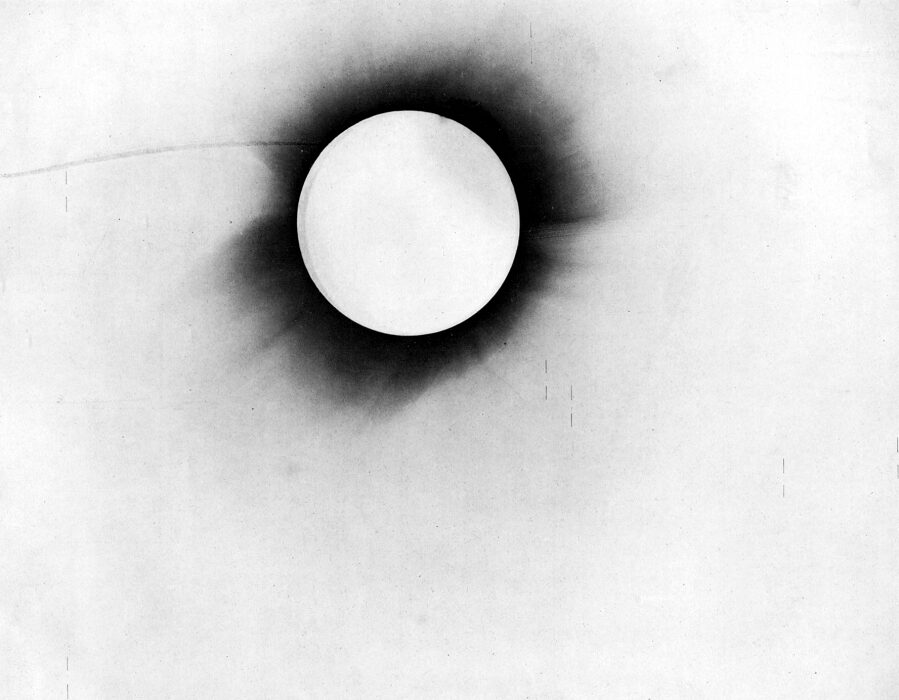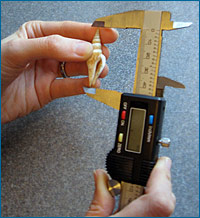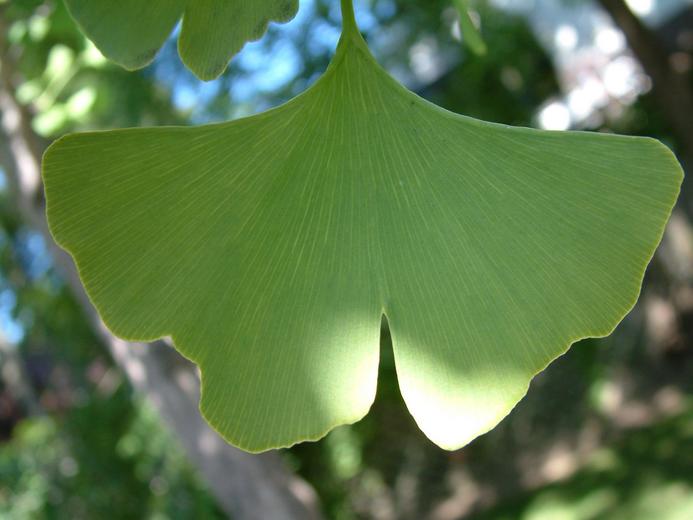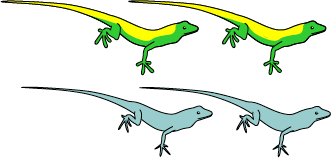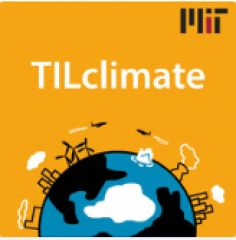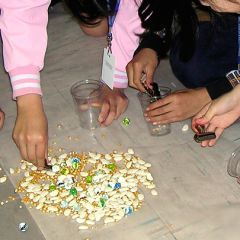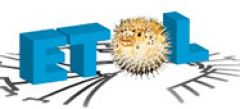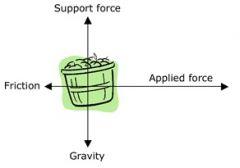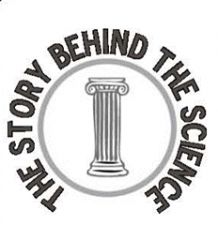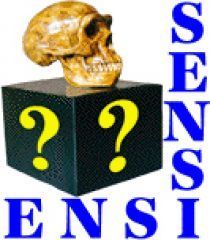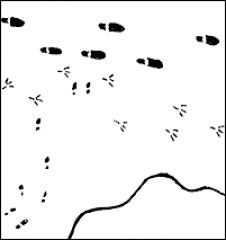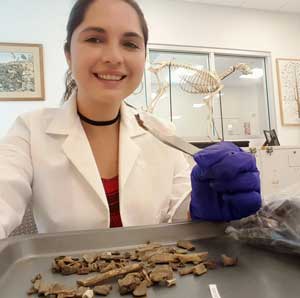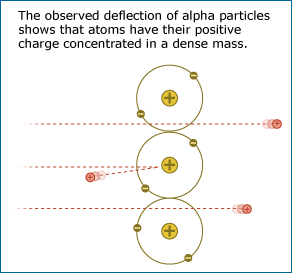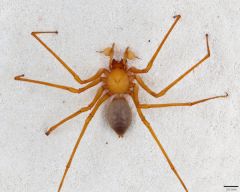Search by:
To search for teaching materials that address particular concepts in our conceptual framework, visit the teaching guide for your grade level:
K-2, 3-5 , 6-8, 9-12, or College
Found 24 resources:
Luminous
Grade Level(s):
- 9-12
- College
Source:
- Sam Smartt
Resource type:
- classroom activity
- Science Story
- video
Discipline:
- Space science
Time: 2-8 hours
Overview
The film LUMINOUS (now freely available through many libraries and the Kanopy platform) tells the story of astronomer Larry Molnar as he investigates a distant, double-star system, about which he makes a daring and explosive prediction. Interviews with Dr. Molnar’s diverse set of colleagues, collaborators, and skeptics highlight science as a community and intensely human endeavor, debunking the myth of the lone scientist conducting dispassionate research. The Luminous Science Education Toolkit provides classroom activities to support students' interpretation of the film.
Piecing together fossil puzzles in a mysterious museum cabinet
Grade Level(s):
- 9-12
- College
Source:
- UC Museum of Paleontology
Resource type:
- Science Story
Discipline:
- Earth science
Time: 5 minutes
Overview
This Science Short illustrates how paleontologists visualize, tabulate, and share raw data about fossils. Get tips on using Science Stories in class.
Fair tests: A do-it-yourself guide
Grade Level(s):
- 6-8
- 9-12
- College
Source:
- UC Museum of Paleontology
Resource type:
- Science Story
Time: 15 minutes
Overview
Teach about test design in science using an example from everyday life: comparing chocolate chip cookie recipes. Get tips on using Science Stories in class.
Fair tests in physics: Examining eclipses
Grade Level(s):
- 9-12
- College
Source:
- UC Museum of Paleontology
Resource type:
- Science Story
Discipline:
- Physical Sciences
- Space science
Time: 15 minutes
Overview
Teach about test design in the field of physics. Get tips on using Science Stories in class.
Fair tests in the fossil record: Avoiding extinction
Grade Level(s):
- 9-12
- College
Source:
- UC Museum of Paleontology
Resource type:
- Science Story
Discipline:
- Earth science
- Life Science
Time: 15 minutes
Overview
Teach about test design in the field of paleontology. Get tips on using Science Stories in class.
Fair tests in the field of medicine: Aiding Alzheimer patients
Grade Level(s):
- 9-12
- College
Source:
- UC Museum of Paleontology
Resource type:
- Science Story
Discipline:
- Life Science
Time: 15 minutes
Overview
Teach about experimental design in the field of medicine. Get tips on using Science Stories in class.
Anolis Lizards
Grade Level(s):
- 9-12
Source:
- Collins, Jennifer
Resource type:
- lab activity
Discipline:
- Life Science
Time: Two class periods
Overview
Students "travel" to the Greater Antilles to figure out how the Anolis lizards might have evolved there. Students make observations, ask questions, share data, form hypotheses, generate expectations, get more data, interpret them, and test their ideas.
Clouds, Models, and Climate Change
Grade Level(s):
- 9-12
Source:
- MIT Climate Portal
Resource type:
- classroom activity
Discipline:
- Earth science
Time: up to 2 hours
Overview
How do clouds form? How are clouds affected by (and how do they affect) climate change? Students create a cloud in the classroom, and then investigate climate models and real-time cloud observation data.
Clipbirds
Grade Level(s):
- 6-8
- 9-12
Source:
- UC Museum of Paleontology
Resource type:
- classroom activity
Discipline:
- Life Science
Time: one class period
Overview
In this activity, students simulate bird feeding with "beaks" that differ in size. The proportion of big-, medium-, and small-beaked birds changes in response to available types of food. This is a lesson on evolution, but suggestions on how to incorporate the nature and process of science are included.
Climate Models and Uncertainty
Grade Level(s):
- 9-12
Source:
- MIT Climate Portal
Resource type:
- classroom activity
Discipline:
- Earth science
Time: up to 2 hours
Overview
Earth's climate system is enormously complex, and scientists develop climate models to understand how climate change will play out in different parts of the world. Students play a climate resilience game, and then explore the Intergovernmental Panel on Climate Change’s 5th Assessment Report to learn more about how climate scientists handle uncertainty in models.
Galaxy classification
Grade Level(s):
- 6-8
- 9-12
Source:
- Whitfield, Lisé
Resource type:
- lab activity
Discipline:
- Space science
Time: One class period
Overview
This is a modified version of Galactic Inquiry in which students learn about galaxy classification while also experiencing a simple simulation of peer review and community analysis.
Investigating a Deep Sea Mystery
Grade Level(s):
- 9-12
Source:
- ETOL
Resource type:
- lab activity
Discipline:
- Life Science
Time: 4-5 class periods
Overview
In this lab activity, students examine authentic morphological and phylogenetic data of three fish families and then pose and test alternative hypotheses about the fishes' classification.
Investigating a Crime Scene
Grade Level(s):
- 6-8
- 9-12
Source:
- UC Museum of Paleontology
Resource type:
Time: 30 minutes
Overview
Two suspicious dogs and a shredded book provide a perfect combination for focusing on the process of science and to do so with a bit of a chuckle. This powerpoint has been developed so that you can ask for student responses throughout.
Introducing the Understanding Science Flowchart to middle school students
Grade Level(s):
- 6-8
Source:
- UC Museum of Paleontology
Resource type:
- classroom activity
Discipline:
- Earth science
Time: 1-2 class periods
Overview
Students read a story about Walter Alvarez and then plot his scientific journey on the Understanding Science Flowchart. Students find that science is seldom a linear story.
Number patterns
Grade Level(s):
- 6-8
- 9-12
- College
Source:
- UC Museum of Paleontology
Resource type:
- classroom activity
Time: 15-20 minutes
Overview
Students try to discover the relationship among six numbers. The objective of this activity is to engage students in a problem-solving situation in which they practice aspects of the process of science.
Newton’s 2nd law: Inquiry approach
Grade Level(s):
- 9-12
Source:
- Tung, Cecilia
Resource type:
- classroom activity
Discipline:
- Physical Sciences
Time: One to two class periods
Overview
Students act as colleagues of Isaac Newton. Students focus on how to design a procedure to test Newton's hypothesis and then communicate that idea to others. The emphasis is on the process rather than the actual results.
The story behind the science
Grade Level(s):
- 9-12
- College
Source:
- Iowa State University
Resource type:
- article
Time: Variable
Overview
Thirty stories spanning five disciplines help students explore key science concepts through the eyes of the scientists who were involved, while emphasizing the nature and process of science.
The Hobbit: When scientists disagree about the evidence
Grade Level(s):
- 9-12
- College
Source:
- Visionlearning
Resource type:
- classroom activity
Discipline:
- Life Science
Time: One class period
Overview
This classroom activity, adapted from an exercise on PBS's NOVA website, provides an excellent example of an active debate within the scientific community regarding a relatively recent human fossil find, Homo floresiensis.
The checks lab
Grade Level(s):
- 9-12
Source:
- ENSI
Resource type:
- classroom activity
Time: One class period
Overview
Students construct plausible scenarios to explain a series of canceled bank checks. They revise their original hypotheses with new evidence and learn how human values and biases influence observation and interpretation.
Tennis shoe detectives
Grade Level(s):
- 3-5
Source:
- Heindel, Sharon
Resource type:
- classroom activity
Time: Two 40-minute periods
Overview
Students make observations, examine data, and form hypotheses about a set of footprints and what they can tell us.
Ancient bones, modern problems: One scientist’s trash is another scientist’s data
Grade Level(s):
- 9-12
- College
Source:
- UC Museum of Paleontology
Resource type:
- research profile
- Science Story
Discipline:
- Life Science
Time: 20 minutes
Overview
Learn how scientists reuse and upcycle their data, while following graduate student Maria Viteri as she investigates ancient and modern small mammal communities. Get tips for using science stories in class.
Rutherford’s enlarged: A content embedded NOS activity
Grade Level(s):
- 9-12
Source:
- Abd-El-Khalick, Fouad
Resource type:
- lab activity
Discipline:
- Physical Sciences
Time: One class period
Overview
Students reason about a model of Ernst Rutherford's famous experiment supporting the idea of the atomic nucleus. They differentiate between observation and inference and see the role of creativity in the process of science.
How science works
Grade Level(s):
- 6-8
- 9-12
- College
Source:
- California Academy of Sciences
Resource type:
- Science Story
- video
Discipline:
- Life Science
Time: 10 minutes
Overview
This Science in Action video uses the Understanding Science Flowchart to follow arachnologist Charles Griswold and colleagues as they describe the process involved in an exciting new spider discovery.
Age dating star clusters
Grade Level(s):
- 9-12
Source:
- Whitfield, Lisé
Resource type:
- lab activity
Discipline:
- Space science
Time: ~ one hour
Overview
Students explore how classification and graphing are used by astronomers to determine the age of star clusters. They will measure the color and brightness of stars, as proxies for temperature and luminosity.

